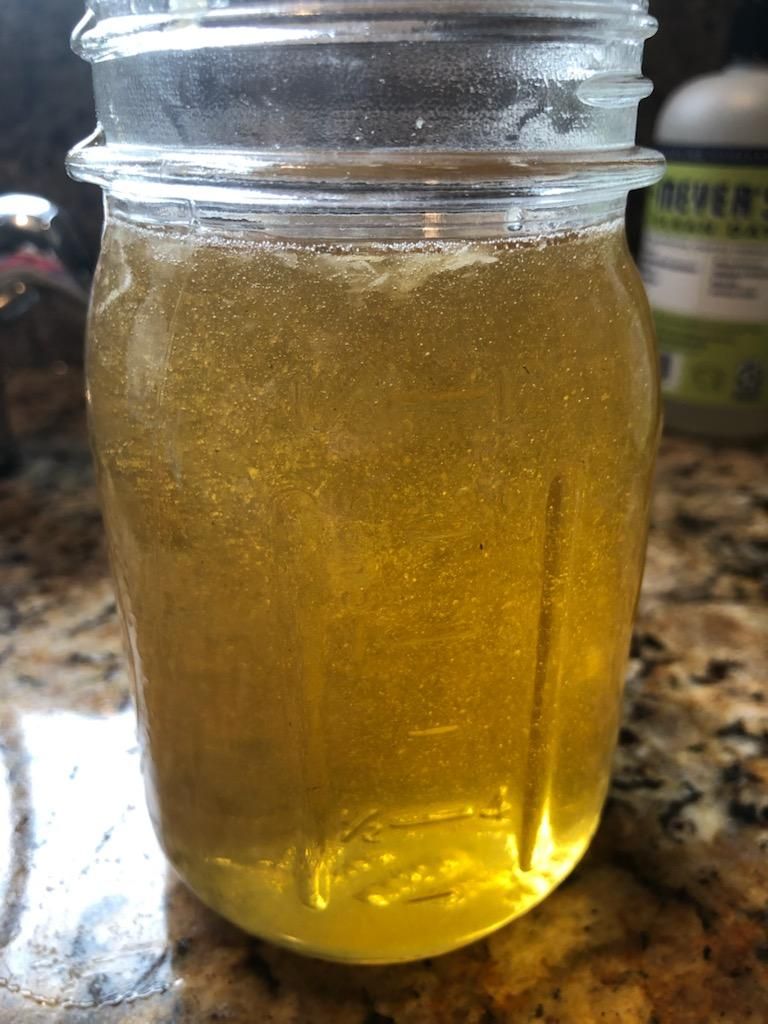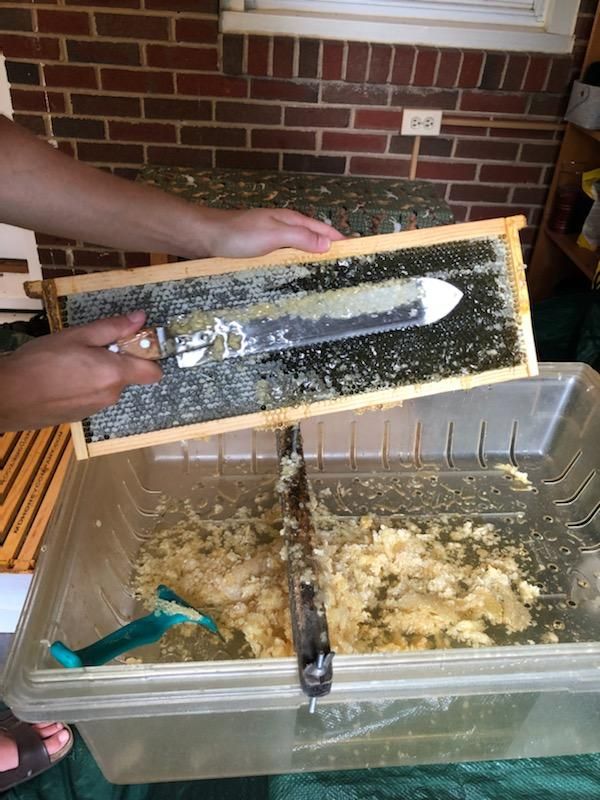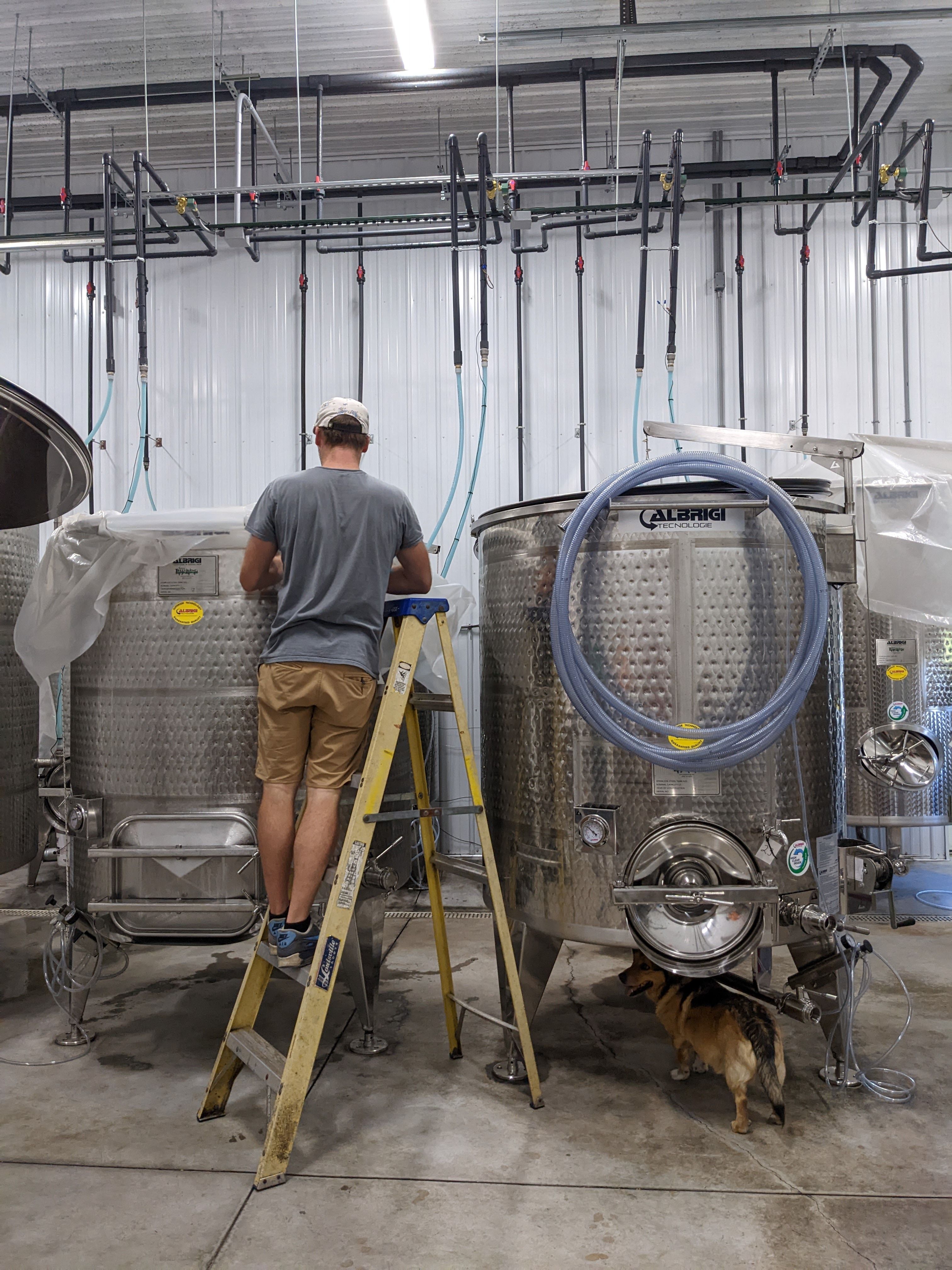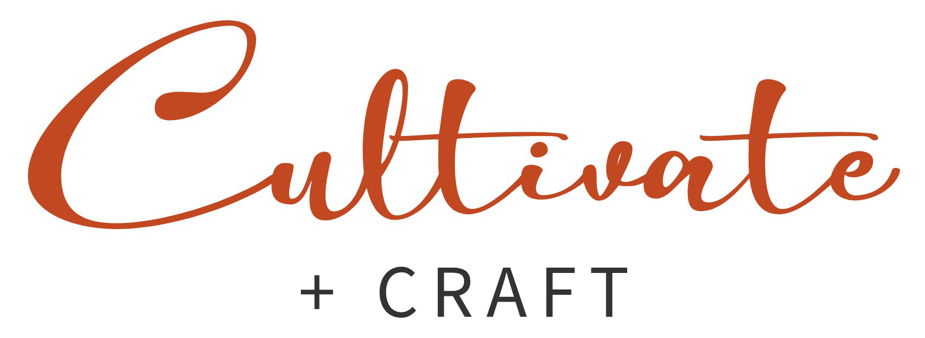Apples
History of Apple Growing & Production in Maryland:
 The first apple trees grown in North America originated from seeds transported by French Jesuits in the late sixteenth century. In the late nineteenth century, Edmund Pendleton Cohill and Henry E. Van Deman led the emergence of Hancock, MD as one of the United States’ most productive areas in the apple industry. Cohill settled in Hancock and began commercially cultivating apples in 1886. He planted 100 trees each year for the next five years, and generated $575 per acre of forty trees. By 1901, Cohill became well-known nationally in the pomology industry. Van Deman spent several years as the Chief Pomologist for the USDA’s Division of Pomology. In 1902, Cohill’s orchard company was incorporated by Government pomologists who then named Van Deman as the new President. Thanks to Van Deman’s nationwide network of finance, knowledge, and contacts, Cohill’s operation quickly became a major player in the apple industry.
The first apple trees grown in North America originated from seeds transported by French Jesuits in the late sixteenth century. In the late nineteenth century, Edmund Pendleton Cohill and Henry E. Van Deman led the emergence of Hancock, MD as one of the United States’ most productive areas in the apple industry. Cohill settled in Hancock and began commercially cultivating apples in 1886. He planted 100 trees each year for the next five years, and generated $575 per acre of forty trees. By 1901, Cohill became well-known nationally in the pomology industry. Van Deman spent several years as the Chief Pomologist for the USDA’s Division of Pomology. In 1902, Cohill’s orchard company was incorporated by Government pomologists who then named Van Deman as the new President. Thanks to Van Deman’s nationwide network of finance, knowledge, and contacts, Cohill’s operation quickly became a major player in the apple industry.
By 1925 over 5,000 acres of land were devoted to commercial fruit production. At the industrial peak in the mid 1940-60’s, Maryland produced over two million bushels of apples, 25% of which were produced in Washington County.
Growing Apples:
 In Maryland, young apple trees are planted in the spring or from mid-to-late September. They need well-drained soil that can retain some moisture, full sun exposure of six or more hours of direct sunlight, and a higher site location that allows cold air to flow away from the trees. Apple trees require regular watering and initial training to encourage a strong frame of branches capable of carrying heavy apple crops. This is usually achieved through the use of posts or trellis to support the central leader form (the main truck which grows upright in the center).
In Maryland, young apple trees are planted in the spring or from mid-to-late September. They need well-drained soil that can retain some moisture, full sun exposure of six or more hours of direct sunlight, and a higher site location that allows cold air to flow away from the trees. Apple trees require regular watering and initial training to encourage a strong frame of branches capable of carrying heavy apple crops. This is usually achieved through the use of posts or trellis to support the central leader form (the main truck which grows upright in the center).
Apple trees are known to be pest-susceptible fruits, making it harder to produce without the use of pesticides. Rather than basing pesticide application according to the calendar, the grower pays attention to the specific state of flower and fruit development to time the use of pest control measures. Since apples require cross-pollination from the presence of bees, growers are careful as to not harm the beloved bees. Apple trees must be pruned yearly to maintain the size and form once it is bearing fruit. This also reduces disease by letting in more light and air.
The final step is harvesting, where apples are plucked gently and over a period of time. Depending on where the apples are located on the tree, some will be ready for harvesting before others. The apples are then stored somewhere cool, dark, and well-ventilated.
Apple Varieties Grown in Maryland:
| · Arkansas Black |
| · Ashmead Kernel |
| · Baldwin |
| · Blue Permain |
| · Braebburn |
| · Bramley’s Seedling |
| · Brown’s Apple |
| · Bulmer’s Norman |
| · Calville Blanc |
| · Camo |
| · Cortland |
| · Crab Apples |
| · Crimson Crisp |
| · Crispin |
| · Dabinett |
| · Early Gold |
| · Egremont Russet |
| · Empire |
| · Enterprise |
| · Fameuse |
| · Florina Querina |
| · fortune |
| · FreedomGolden Russet |
| · Fuji |
| · Gala |
| · Galarina |
| · Ginger Gold |
| · Golden Delicious |
| · GoldRush |
| · Granny Smith |
| · Hewes Crab |
| · Honeycrisp |
| · Hudson’s Golden Gem |
| · Ida Red |
| · Jonagold |
| · Jonthan |
| · Kingston Black |
| · Lady |
| · Liberty |
| · MacIntosh |
| · Maiden Blush |
| · Miller Red |
| · Mutsu |
| · Newport Pippin |
| · Pink Lady |
| · Pitmaston Pineapple |
| · Porter’s Perfection |
| · Red Delicious |
| · Red Gala |
| · Red Gravenstein |
| · Redfield |
| · Rhode Island Greening |
| · Rome |
| · Roxbury Russet |
| · Shizuka |
| · Snowsweet |
| · Splendor |
| · Stayman |
| · Stembridge Cluster |
| · Stoke Red |
| · Suncrisp |
| · Tremlett’s Bitter |
| · WineCrisp |
| · Winesap |
| · York |
| · Zestar |
Challenges of Growing Apples in Maryland:
Apple growers have identified several of the challenges they face when producing apples in Maryland. These challenges include:
- Environmental changes that fluctuate annually
- Rainfall
- Freeze and frost conditions
- Climate change
- Ever-changing government regulations
- Seasonal agricultural labor requirements
- Disease and pest management
Making Apple Cider:
 Making homemade apple cider is simple! About 10 large apples can produce 8 cups of apple cider. Stronger flavored apples, such as Granny Smith and Honeycrisp, are recommended for creating an apple-forward cider. Leaving the skin on will also promote a stronger apple flavor. Bring together cinnamon sticks, whole cloves, whole allspice, nutmeg, and brown sugar to create the classic cider taste. Fresh oranges can be used to give the cider a citrusy-kick. Apple cider generally lasts for about 2 weeks in the refrigerator when stored in an airtight container.
Making homemade apple cider is simple! About 10 large apples can produce 8 cups of apple cider. Stronger flavored apples, such as Granny Smith and Honeycrisp, are recommended for creating an apple-forward cider. Leaving the skin on will also promote a stronger apple flavor. Bring together cinnamon sticks, whole cloves, whole allspice, nutmeg, and brown sugar to create the classic cider taste. Fresh oranges can be used to give the cider a citrusy-kick. Apple cider generally lasts for about 2 weeks in the refrigerator when stored in an airtight container.
- Stats
According to a 2017 census, we know the following details about the health of Maryland’s apple-growing industry:
-
- 205 Farms
- 1793 acres of Apple orchards
- 7 farms that have 552 acres sell $1,000,000 or more
- 9 farms that have 344 acres sell $500,000- $999,999
- 13 farms that have 459 acres sell $250,000-$499,999
- 12 farms that have 187 acres sell $100,000-$249,999
- 25 farms that have 107 acres sell $50,000- $99,000
-
- Opportunities for buying locally
-
- Pick your own farms
- Farm markets
- Community farmer’s markets
- Supermarkets
- Local CSA (Community Supported Agriculture) programs
- Alcoholic wine, cider and spirits
For Pick-Your-Own operations & local Farmers Markets please visit Marylands BEST
For more information about Apple Growing please visit Maryland State Horticulture Society.
-
- Orchards in MD
-
- Allenberg Orchards Smithsburg, MD
- Baugher’s Orchards & Farms Westminster, MD
- Pick your own
- Visit their website
- Black Rock Orchard Lineboro, MD
- Visit their website
- Butlers Orchard Germantown, MD
- Farm market
- Pick your own
- Visit their website
- Catoctin Mountain Orchard Thurmont, MD
- Farm market
- Pick your own
- Visit their website
- Colora Orchards Colora, MD
- Farm market
- Gardenhour Orchards Smithsburg, MD
- Visit their website
- Haile Orchard, LLC Silver Spring, MD
- Visit their website
- Homestead Farm Poolesville, MD
- Pick your own
- Visit their website
- Kingsbury’s Orchard Dickerson, MD
- Visit their website
- Larriland Farm Woodbine, MD
- Farm market
- Pick your own
- Visit their website
- Lewis Orchards & Farm Market Smithsburg, MD
- Farm market
- Visit their website
- Lohr’s Orchard Churchville, MD
- Visit their website
- Pryors Orchard Thurmont, MD
- Pick your own
- Visit their website
- Rock Hill Orchard Mt. Airy. MD
- Farm market
- Pick your own
- Visit their website
- Rinehart Orchards Smithsburg, MD
- Farm market
- Visit their website
- Shaw Orchards White Hall, MD
- Farm market
- Pick your own
- Visit their website
- Milburn Orchards Elkton, MD
- Farm market
- On-site events
- Visit their website
-
- Hard Cider Producers
Honey
History of Beekeeping & Production: 
Honey collection dated back 15,000 years ago. Early honey collection happened with wild hives, so they were not considered beekeepers. Early cave drawings discovered depicted harvesting honey 8000-6000BC in Spain. The first evidence of beekeepers was believed to be recorded in ancient Egypt as early as 2100 BC. Honey bees are not native to the United States; they were introduced in 1621-22. In 1838, a polish apiculturist designed the first moveable-comb beehive making way for the modern beehives we know today.
About the Hive:
The Queen bee is the only breeding female in the colony. A drone bee’s (larger male bees) primary job is to mate with the Queen. Worker bees are smaller females who perform basic chores for the hive, such as cleaning and foraging for pollen and nectar. These worker bees collect nectar and carry it to the hive. House bees will add enzymes to the nectar, which converts to sugars. Next, bees will place nectar/honey on the comb, fan their wings to remove moisture, and cover them with wax. Honey is ready to be harvested once this process is complete. In order to keep the hive healthy through winter, it is essential to leave some honey for the colony.
Collection of Honey:
The main goal of an Apiarist, or beekeeper, is to collect honey and other valuable ingredients from the hives. Other components collected from hives include beeswax, propolis, flower pollen, bee pollen, and royal jelly. Early collectors would use smoke to calm the hive to remove honeycombs, and present-day beekeepers carry on this tradition. Modern hives have “honey supers” which contain preformed frames where the bees will make their comb.
 A popular way to harvest honey from the comb is using a fume board. These boards contain non-toxic solutions that deter the bees. Once the bees leave the hive, it is easy to collect the honey. A hot knife is used to remove the wax cover from the honeycomb. An Apiarist will use the wax to create candles and other ingredients. Keepers can crush the comb and strain the honey using a cheesecloth. After removal from the comb, liquid honey is allowed to settle for a few days.
A popular way to harvest honey from the comb is using a fume board. These boards contain non-toxic solutions that deter the bees. Once the bees leave the hive, it is easy to collect the honey. A hot knife is used to remove the wax cover from the honeycomb. An Apiarist will use the wax to create candles and other ingredients. Keepers can crush the comb and strain the honey using a cheesecloth. After removal from the comb, liquid honey is allowed to settle for a few days.
Beekeepers can use a honey extractor (manual or electric) centrifuge to separate the liquid honey from the comb. A healthy hive can produce 2 to 5 pounds of honey a day, but an individual bee produces 1/12th of a teaspoon of honey.
Honey is recognized as the only food that does not go bad. It can change from clear to cloudy and grow thicker over time but it is still safe to consume.
Due to their role as pollinators, a healthy bee population is vital for agriculture. Honey bees pollinate 30% of the food we Americans consume. They are also responsible for pollinating 85% of flowering plants and up to 90% of our orchard crops.
In recent years, ~70% of the feral honey bee colonies have died or disappeared. Some of the biggest threats facing bee populations include:
- Parasites/predators: Varroa mite, tracheal mite, small hive beetle, bee louse, Greater Wax Moth, spiders, earwigs, cockroaches, ants, mice, skunks and bears.
- Diseases: American foulbrood, European foulbrood, chalkbrood, sacbrood, Bee Parasitic Mite Syndrome (BPMS), paralysis, nosema and deformed wings
- Pesticides: Diazinon, Imidan, Malathion and Sevin, among others.
Mead
 Mead is an alcoholic beverage made from honey and water. It can be still, naturally carbonated, or force carbonated. Mead can be sweet or dry based upon residual sugar left after fermentation. The origins of mead are unknown, but mead was consumed in Europe, Africa, and Asia. The first written record of mead dated back to 1700-1100 BCE and was the preferred drink in ancient Greece.
Mead is an alcoholic beverage made from honey and water. It can be still, naturally carbonated, or force carbonated. Mead can be sweet or dry based upon residual sugar left after fermentation. The origins of mead are unknown, but mead was consumed in Europe, Africa, and Asia. The first written record of mead dated back to 1700-1100 BCE and was the preferred drink in ancient Greece.
Mead can vary depending upon the honey source, yeast, and other additives. Mead additives or adjuncts include spices (clove, cinnamon, or nutmeg) and/ or fruit (raspberry, blackberry, or strawberry).
- Stats
According to a 2017 census, we know the following details about the status of Maryland’s honey industry:
-
- 2160 Beekeepers
- 656 Farms
- 9,782 Colonies
- 167,130 Pounds of honey collected
- Honey sales- $617,000
-
- Challenges of Mead Producers
Maryland mead producers would love to rely on locally harvested honey. However, these producers have identified challenges they face that make this option difficult. Included in these challenges are:
-
- Price
- Volume of honey required for production
-
- Opportunities for buying locally
-
- Farmers Markets
- Farm Stands
- It would be great if local supermarkets made local honey available.
- Buying from the beekeeper
- Supporting other honey products: hand cream, lip balm, beeswax candles and blocks.
For local Farmers Markets please visit Marylands BEST
For more information about beekeeping please visit Maryland State Horticulture Society.
-
- Apiaries
Some local Maryland apiaries include:
- Allen’s Apiary
- Apex Bee Company
- Azure B Apiaries
- Backyard Apiary
- BannerBee Co.
- Bee Folks
- Bee Friendly Apiary
- F&D Apiaries
- Gannons Garden Apiary
- Kevin’s Beekeeping
- Maryland Honey Co.
- New Horizons Apiaries & Farm
- Peachbloosom Apiaries
- Snyder’s Apiaries
- Stepney Apiary
- TurnerHaus Apiary
- Western Maryland Apiaries
- Working Girls Apiary and Hive Management
- Mead/ Honey Wine Producers
- Bordeleau Vineyards & Winery Eden, MD
- The Buzz Meadery Berlin, MD
- Charm City Meadworks Baltimore, MD
- Clear Skies Meadery Gaithersburg, MD
- Linganore Winecellars Mt. Airy, MD
- Loew Vineyards Mt. Airy, MD
- Maryland Meadworks Hyattsville, MD
- Orchid Cellar Meadery Middletown, MD
- Port of Leonardtown Winery Leonardtown, MD

